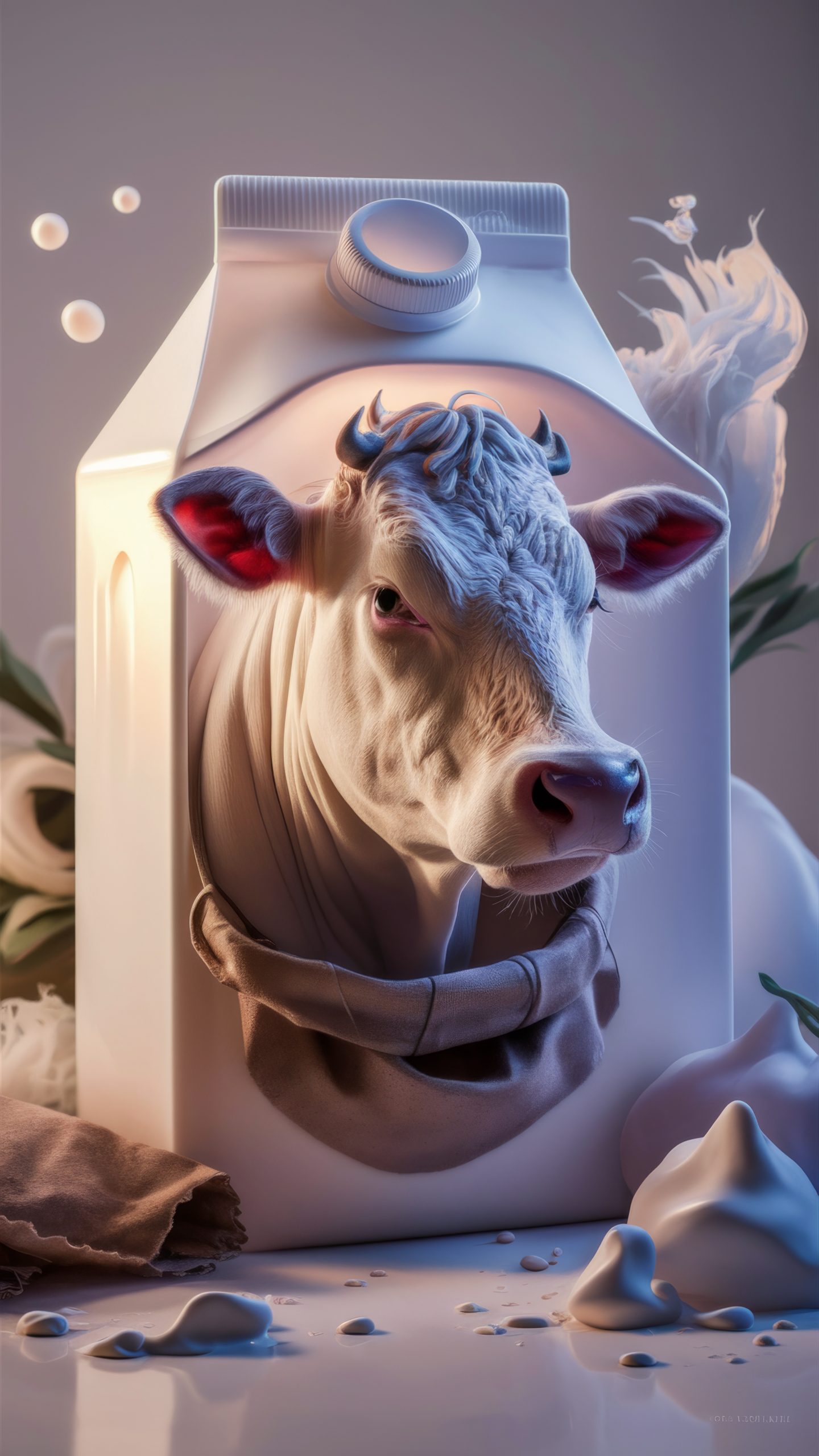Brett Reinford grew up on a dairy farm in Pennsylvania, and he remembers his farm’s cows being fed with cottonseed—35 years ago.
“I remember digging tunnels through the cottonseed as a small boy,” he said.
Although he is a second-generation farmer, Reinford tried software engineering before returning to farming. Reinford manages about 700 milking cows in central Pennsylvania. That’s considered a midsized dairy herd there. The average dairy herd in Pennsylvania is 90 cows, he said, partly because there are so many smaller Old Amish and Mennonite producers in the state.
Reinford’s parents started Reinford Farms in 1991. He had gotten away from using cottonseed mostly due to cheaper competition from soy hulls and dried distiller’s grains. He has returned to cottonseed after working with a nutritionist and as the price has become more competitive in recent years with other feed rations. Reinford stated that it has helped improve his herd’s butterfat, and he has not looked back.
Cottonseed as a cattle feed, especially for dairy cows, never completely disappeared, but there is a new awareness of its benefits. About 50% of the nation’s output of cottonseed goes toward feeding cattle, mostly dairy cattle. In the above photo, cottonseed as a supplement can help dairy farmers with milk production. (Aklaq Ahmed at Pixabay.)
Nutritional powerhouse
For dairy cows, those advantages are many. Cottonseed is a nutritional powerhouse, containing high protein, high fat and high fiber. According to Carl Old, a nutritionist in Le Grand, California, with the A3 Cattle Company, it is more energy efficient than the rough forage feeds it is often mixed with. “It takes a lot of energy to move food through the digestive tract,” he said. Making fat from the carbohydrates found in forage is a much more energy-intensive process.
Cottonseed also increases milkfat in dairy cows and helps reduce loss of body fat in early lactation. The amount of milkfat in dairy cows is directly linked to reproductive success. Cottonseed meal can be used as a protein source and does not generally make up more than 15% of the ration (dry matter). The percentage of the feed ration depends on the stage of lactation of the cow. During early lactation, the first 120 to 130 days, Old recommends 6 to 8 pounds of cottonseed per head per day. After 130 days, the amount can drop to 4 or 5 pounds.
After 200 days in milk, “Energy density is less critical,” he said, and cottonseed may not be needed. Whole cottonseed and cottonseed meal are good sources of phosphorus and contain approximately twice the amount recommended for beef cattle diets.
“The best replacement for whole cottonseed is whole cottonseed because it is simply impossible to match the specs and come up with the same nutritional profile,” Old said.
Some beef cattle ranchers may put cottonseed into a beef ration if the price is right. Like much else in farming, its relative price depends on weather conditions in the cotton-producing regions. Reinford said he has seen the price of cottonseed for his dairy operation decrease in recent weeks.
Old said the cottonseed used in his area can come from all over—from the Texas panhandle to Australia. Reinford gets his cottonseed trucked directly from the Carolinas through a broker who deals directly with the cotton gins. All of Reinford’s feed goes into bins, except the cottonseed, which is stored in bays.
Gossypol and fertility
One thing for producers to keep an eye on is gossypol, a naturally occurring compound in cotton seeds (and some other plants) that serves the plant as an insecticide. It can affect red blood cells in cattle. It disrupts reproduction in insects and can do the same in other species in large doses. It can have a temporary impact on bull fertility, for example, if the animal eats too much of it. Gossypol has been tested in China as a male contraceptive for humans, but testing was discontinued after its effects were found to be permanent. However, in products intended for human consumption, cottonseed kernels are cooked to remove gossypol and other impurities and are regulated by the Food and Drug Administration.
With proper awareness, gossypol shouldn’t be a problem for dairy operators. Old said iron sulfate added to feed in the proper amounts binds to an amino acid in gossypol. Reinford has never experienced problems with gossypol. Different types of cotton have varying amounts. Gossypol toxicity is usually not a concern with beef cattle except for young calves under four months of age and for breeding bulls, according to one Extension site.
Old, who earned his Ph.D. 42 years ago, said more and more dairymen are using nutritionists like him. He was mentored by Lee Baldwin, head of the department of animal sciences, and Bill Garrett, a renowned ruminant nutritionist who, along with Glen Lofgreen, developed a system based on validated energy utilization of cattle, which ultimately influenced animal feed evaluation and ration formulation worldwide.
Old pauses for a minute when asked if dairy production is becoming more scientific. “Certainly more models are being used,” he said. “We are getting more and more milk out of the cows.”
“In a computer, two plus two always equals four,” he adds. “But in real life, working with living beings like cows, sometimes it equals five and sometimes three.”
David Murray can be reached at [email protected].




